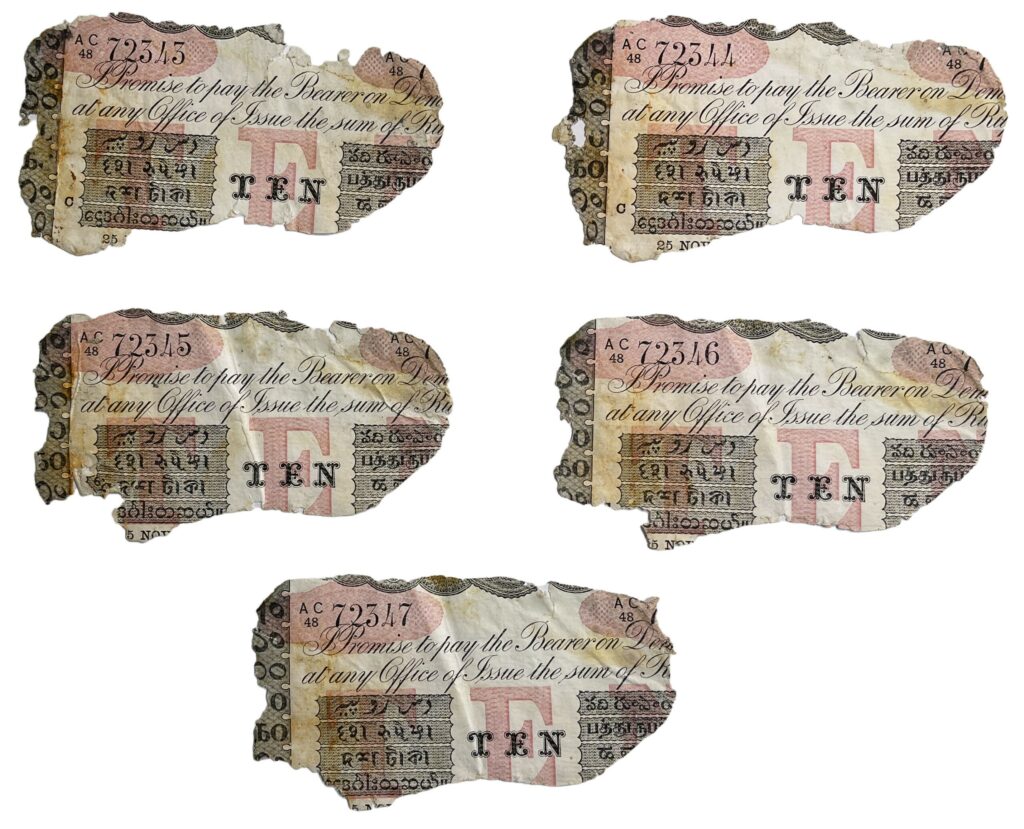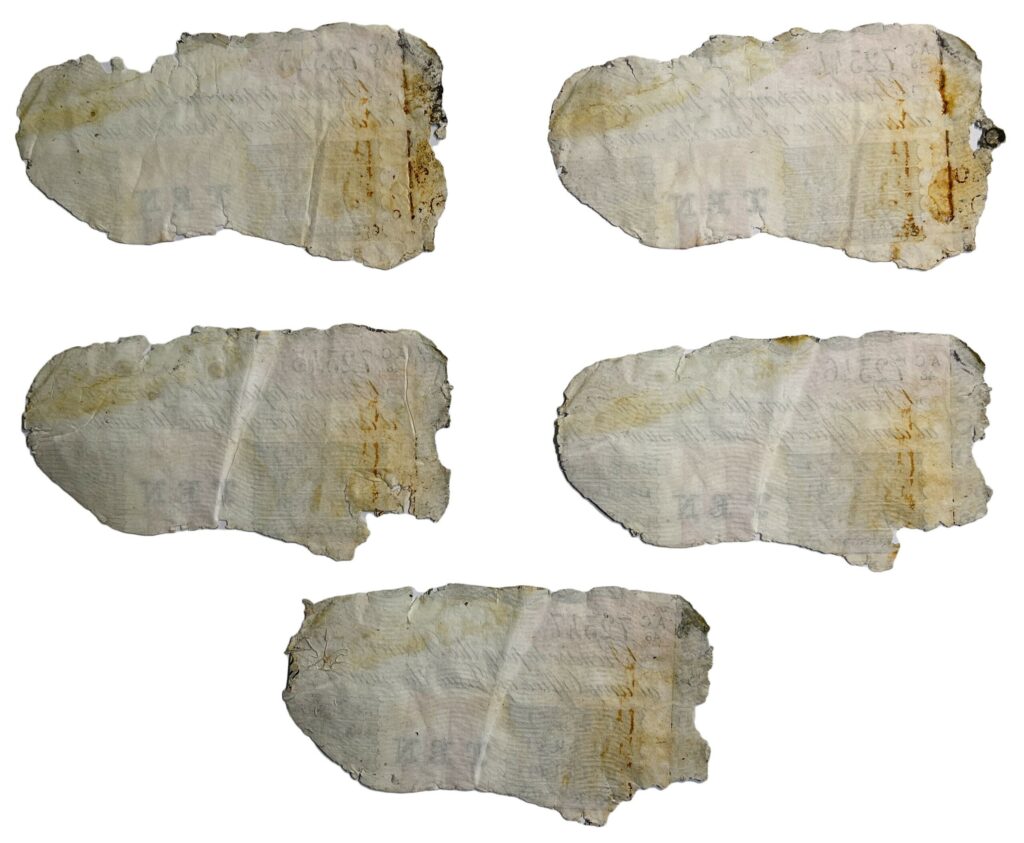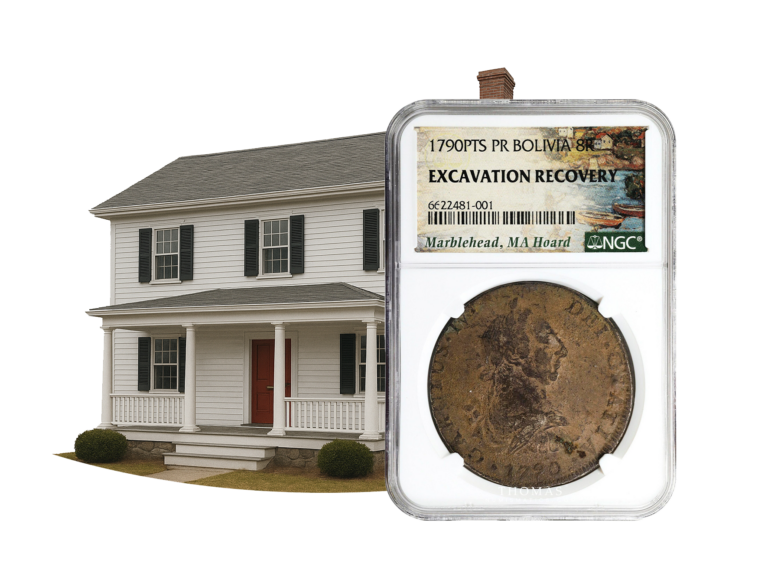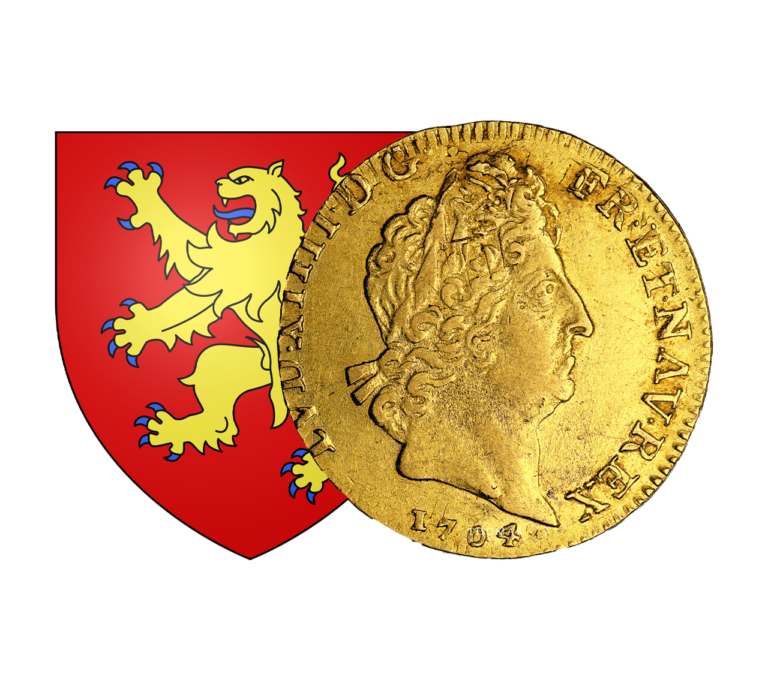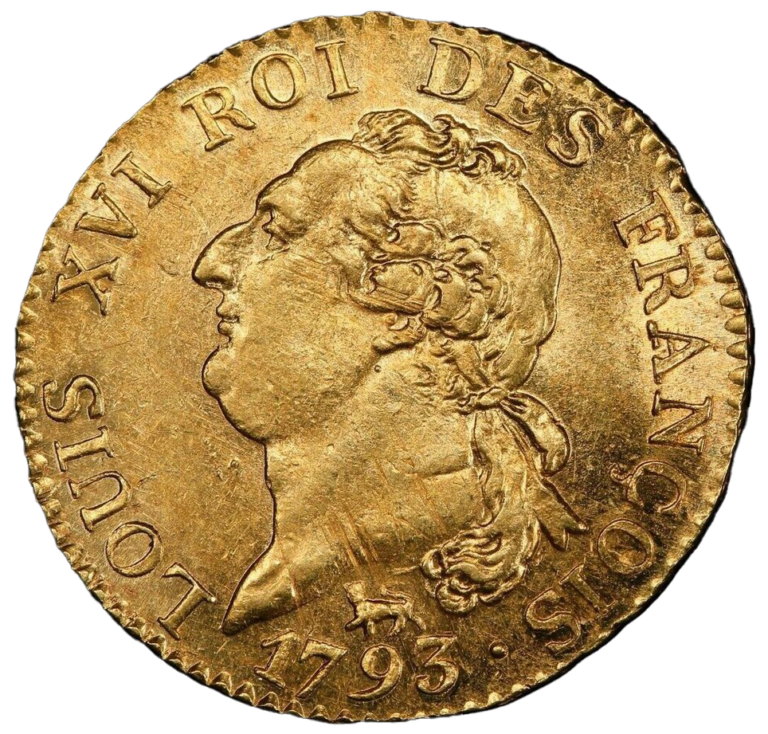
Discover all the news and articles from TNUMIS Magazine exclusively
The sinking of the S.S. Camberwell
The S.S Camberwell, a British freighter bound for India, sank in the English Channel in 1917 after hitting a German mine. Part of the crew was washed away, as well as a large cargo, which testified to the dynamism of transatlantic trade, even during the First World War.
The sinking of the S.S. Camberwell
The ship was built by the Tysack and Branfoot Steam Shipping Co in 1903. Intended to transport goods between the United Kingdom and India, it was sold in 1911 to Well Line Ltd, the owner at the time of the sinking of the S.S Camberwell.
At the outbreak of the First World War, the S.S. Camberwell nonetheless continued its activity and was fitted with a stern gun. In May 1917, it was sailing in the English Channel from Middlesbrough, via London, to Calcutta, India. In the midst of war, cargo ships were never safe from attacks. This is what happened to the Camberwell on May 18, 1917. Although it had been warned by a patrol boat that there were mines in the area, this did not prevent it from hitting a German sea mine. It was only a few miles from the Isle of Wight and had just left England. The explosion of the mine blew off the hatch covers and pierced the side of the ship. Broken in two, it began to take on water, tilted to starboard before sinking in just a few minutes. On board the vessel: 65 crew members who managed to get into lifeboats. Unfortunately, one of them capsized and seven Indian sailors were washed away by the sea. The captain, Frederick Adamson, along with the other survivors, were rescued by patrol boats and taken to Portsmouth.
The mine had been laid by a submarine, the UC-36. With an overall length of about 50 meters and a width of 5 meters, it could carry seven torpedoes and 18 mines. In total, it sank 24 ships, the largest being the Camberwell. Three days after this attack, the UC-36 was sunk, in turn, by the French steamer Molière.
The cargo of the S.S Camberwell
The entire cargo disappeared at the bottom of the Channel when the S.S. Camberwell was sunk. It was carrying many of the usual cargoes. 5,000 tons were destined for the Asian ports of Colombo, Madras and Calcutta: wine, olive oil, cement, fertilizer, chemicals, cotton, sheets, medicine, postcards for English expatriates, etc. The list is long on the insurance records. The diversity and quantity of items demonstrate how varied and numerous were the businesses exporting goods and materials from the UK to India.
Many artifacts have been recovered from the various excavations during the 20th and 21st centuries. Among others, 10 rupee bills of British India are part of the treasure of the S.S. Camberwell.
The archaeological excavations of the years 2000
After the tragedy, there was no rescue because of the war situation in Europe in 1917. For many years, the exact location of the S.S. Camberwell remained unknown. The site was finally discovered and identified by Martin Woodward in the 1970s, the owner of the wreck. Off the east coast of the Isle of Wight, east of Ventnor, the remains of the Camberwell have layed at a depth of 31 meters for all those years.
Since then, several excavation campaigns have been organized on the wreck of the S.S Camberwell. One of them was conducted by the Maritime Archaeology Trust. This charity specializing in archaeology and maritime heritage in Great Britain, led two expeditions in 2015 and 2017 and published a report: the Forgotten Wrecks of the first world war project.
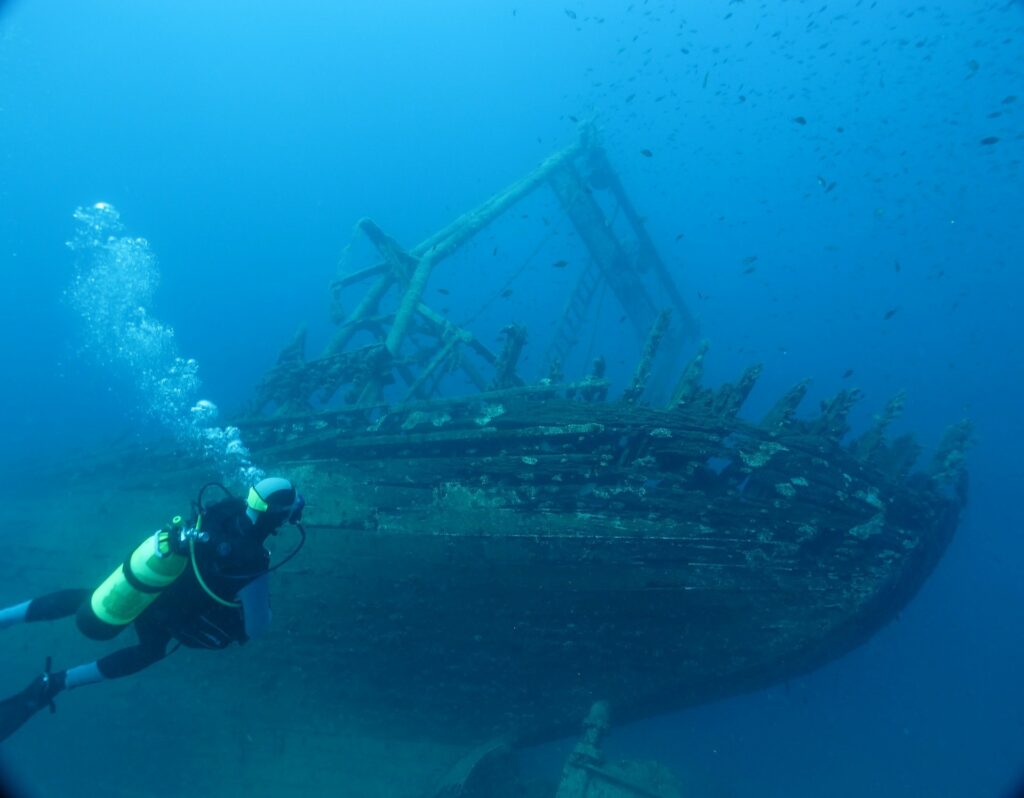
Divers were able to assess the condition of the wreck, sketch, measure, conduct photogrammetry and photograph the site. The cargo ship, broken in two in the middle, tilted to starboard and oriented north-south, kept its bows, stern and cannon intact.
The team of scientists brought to the surface many artifacts. 58 objects were recorded as part of the Forgotten Wrecks project. They all belong to Mr. Martin Woodward, the owner of the wreck. The main items from the Camberwell are now on display at the Shipwreck Center and Maritime Museum on the Isle of Wight: lamps, deck candlesticks, telegraph parts, steering gear, bell, crockery, sextant, and a quantity of 10 Rupee bills.
Although the Camberwell is a fairly common ship, the richness and diversity of its cargo is a valuable record of transatlantic trade during World War I. The Maritime Archeology report concludes on the importance of the S.S. as an object of study on the economy and politics of the time.
Discover many shipwreck treasures on our store.
